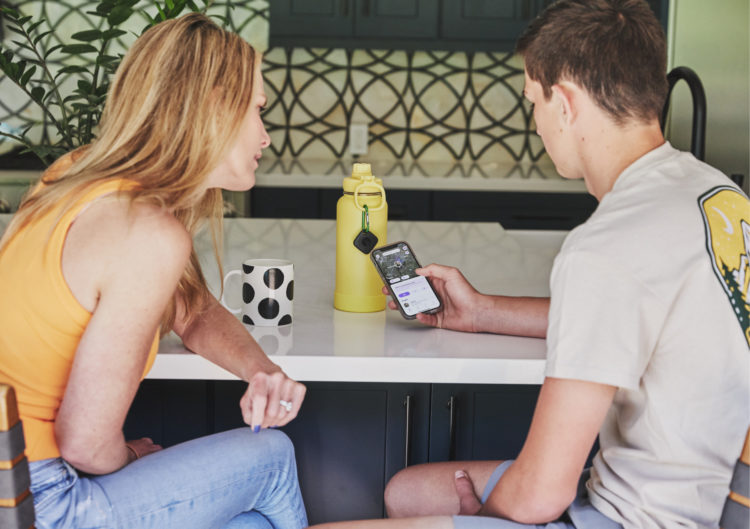Parent’s guide to raising a safe teen driver

So, your teen’s getting their license? This is a major milestone in their life as they inch closer to adulthood. It’s also a big moment for everyone in your family.
Maybe you’re looking forward to giving your teen more freedom (while taking some driving responsibilities off of your full plate!), or nervous about the immense responsibility and risk that comes with driving a car ‒ or probably a bit of both.
The fact is, teen brains are still developing motor coordination and judgment skills, which are essential for safe driving. All the more reason for tons of practice and conversations about safety.
And, sure, driving is fun but it’s also a serious responsibility. April is Distracted Driving Awareness month, so all month long we’ll be helping with tips for young drivers, starting with a few we’ve whipped up that can be helpful to chat through together.
Facts & stats:
Statistically, teen drivers are more likely to get into accidents than older drivers, according to several studies. Teen drivers (16-19) are nearly 3 times more likely than drivers ages 20+ to be in a fatal accident, according to the Insurance Institute for Highway Safety. Teens are more likely to misjudge traffic situations and are more easily distracted than older drivers.
As a parent, you want to protect your teen from risk. Helpful advice can be found on websites such as the National Highway Traffic Safety Administration (NHTSA) and the CDC. For some quick safe teen driving info, check out our collection of safe driving tips below.
Quick tips:
- Practice makes perfect! The more your teen practices driving, the better prepared they’ll be for their driving test. And think of it this way ‒ you’ll get to ride in the passenger seat for a change while running errands or driving around town.
- Avoid distractions: Turning phones on silent is a good way to avoid those tempting text alerts while driving. Another way to help ensure both hands stay on the wheel is to select music before taking off so there is no need to adjust music while on the road.
- Buckle up! We know wearing a seatbelt can save lives. When your teen is in the driver seat, they can be in charge of making sure all passengers are wearing their seatbelts.
- Give some space: Accidents can happen in the blink of an eye so it’s important to keep a safe distance from other vehicles on the road in case of an emergency or the need to brake suddenly.
- Don’t be shy with the signal: Flip on that flashing light to switch lanes. Not only is it the law, but it’s a smart driving habit to let other drivers know to give some space.
- Certain road conditions are a challenge even for experienced drivers. Intense weather, like heavy rain or snow, hectic rush hour traffic, and even driving in new places with different roadways and layouts can require some extra sharp reflexes and attention.
- Emotions are a powerful force. Remind your teens to take five if they’re feeling angry or sad, and not get behind the wheel if they’re feeling those intense emotions.
- Each driving session is a teachable moment. With the Life360 app you can see how many incidents (if any) of hard braking, speeding, and rapid acceleration occurred during each drive. This is a great way to reflect and help your teen learn to be a better driver.
- Understand the basics of car maintenance for safety. It can be helpful to keep a log of regular car maintenance and cleaning schedules so everyone is on the same, safe page.
To put it in writing, the CDC recommends a teen-parent driving agreement. You can check out the CDC website for a sample template of a contract.
Life360 gives you and your teen the license to chill, since safety is baked into the membership.
Did you know Life360 can help?
We’re always looking for new ways to help you and your family stay safe and connected, especially on the road. Learn more about our Driving Safety features like Individual Driver Reports to see things like top speed, texting while driving, and more.
Explore our driving safety features ⟶


